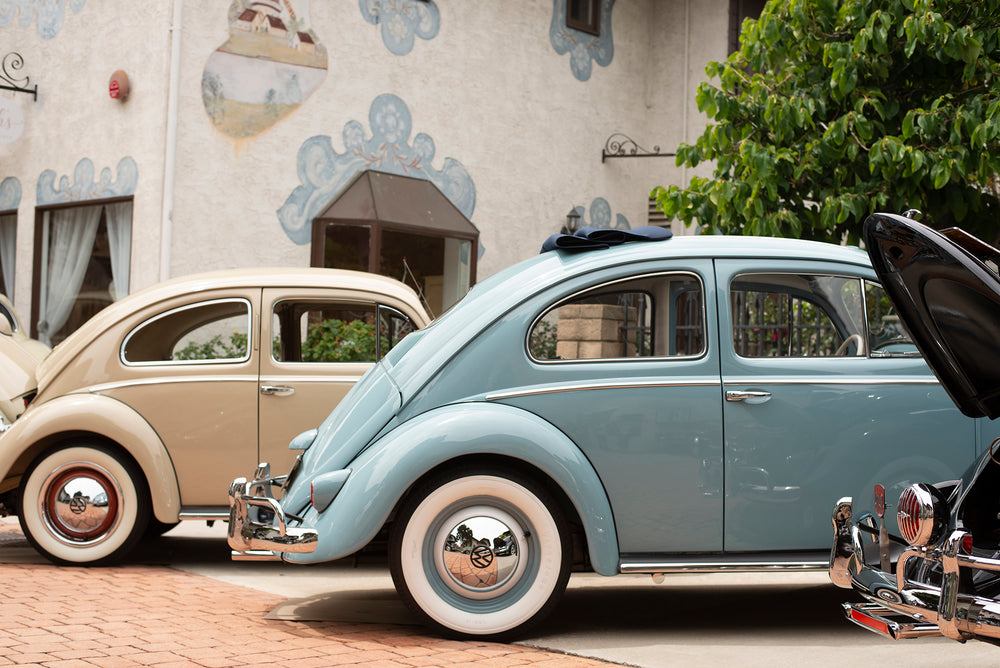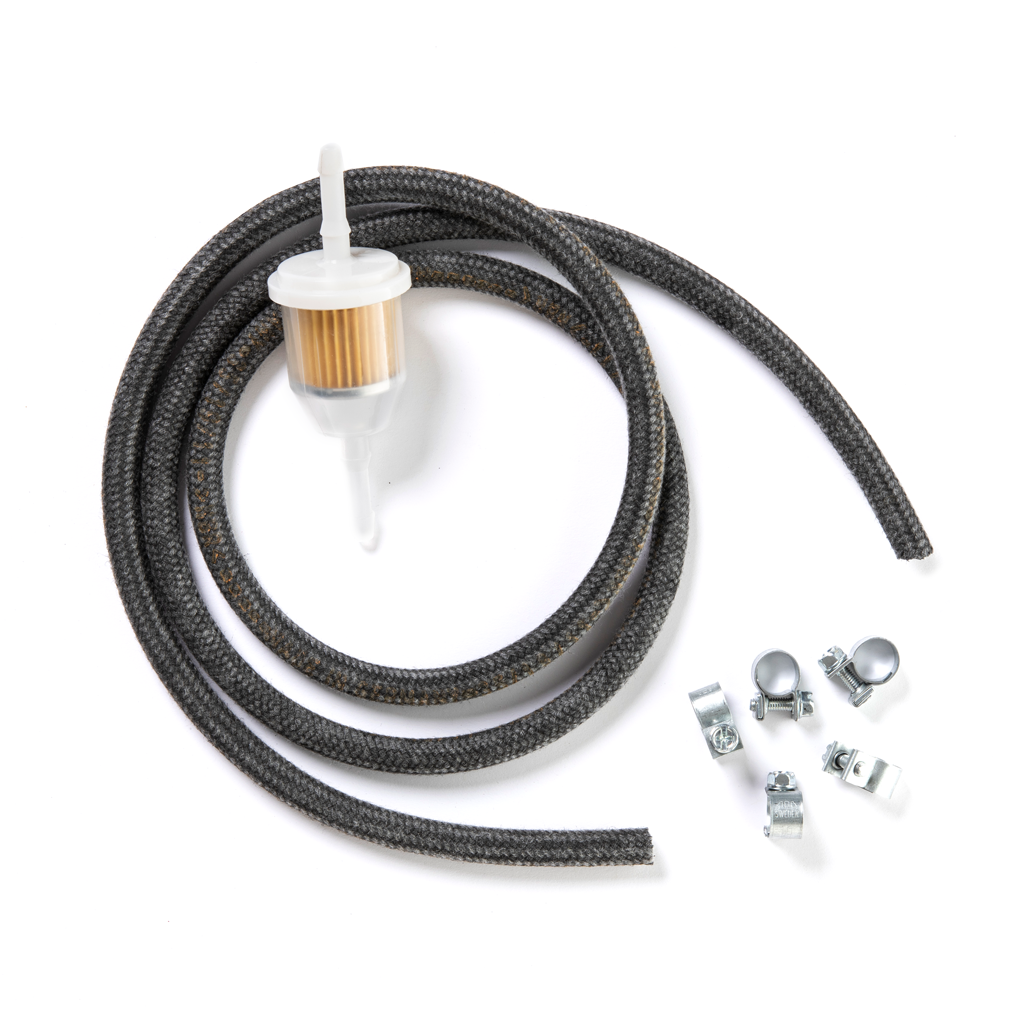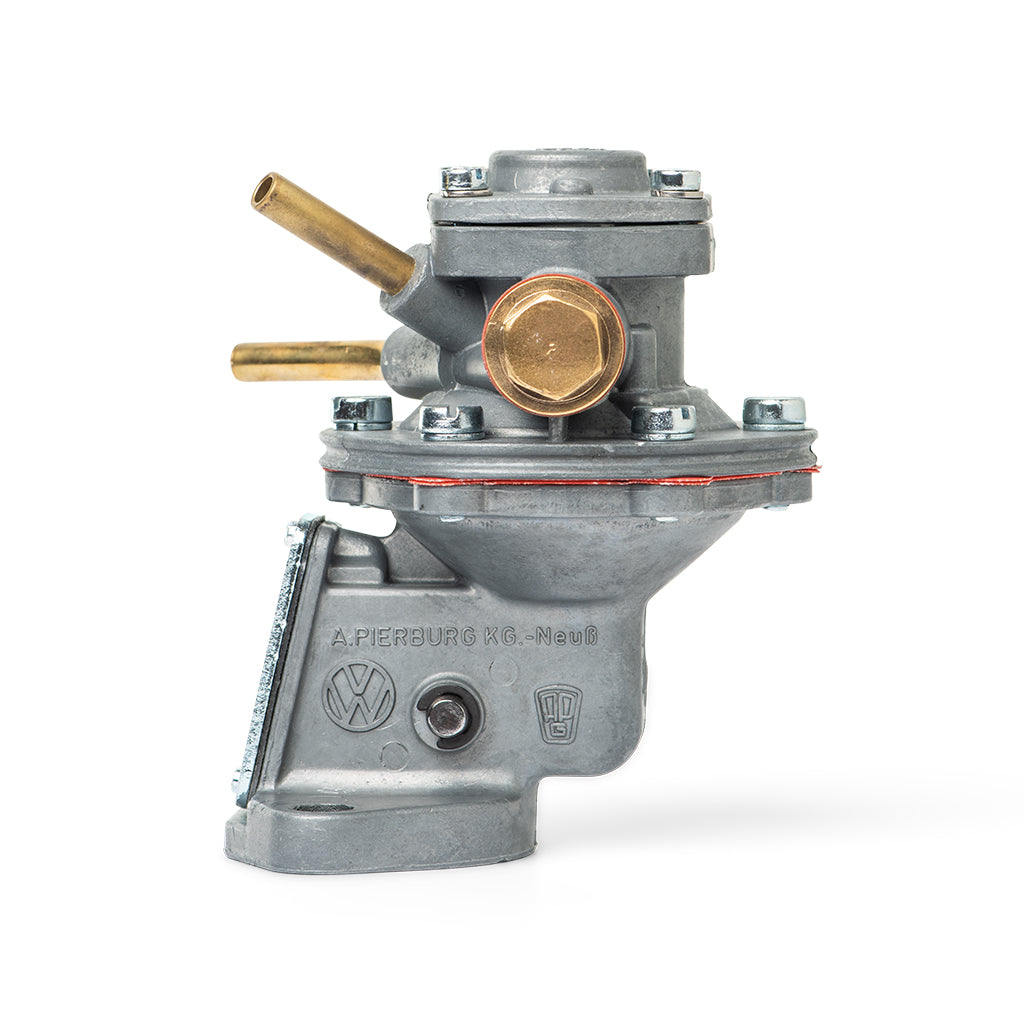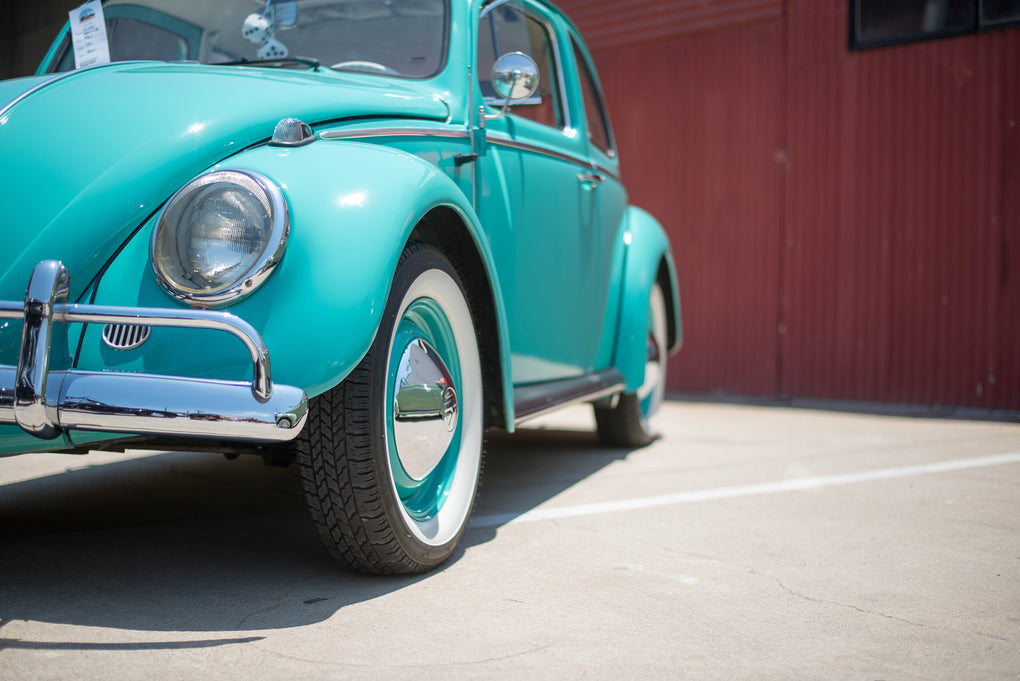Working On Vintage VWs

Submitted by contributing writer; Jay Salser
Recently, I received a call from one of our long-time 1967 Beetle Friends—Richard Marcoux, of Nebraska.
Richard owns two Original, Unrestored 1967 Beetles—a Convertible and a SunRoof. These cars are driven—they are not “trailer queens”. Richards drives then as far as to Sulfur Springs, TX—that's a distance of +/- 770 miles to an annual VW show there. That's what I mean about “being driven”.
Richard had just returned from a show where he entered his SunRoof Beetle.
Being a responsible Beetle Owner, Richard inspected his SunRoof when he returned home from the latest show. Part of the inspection involved, of course, the Engine Compartment.
Eventually, he noted a small, square nut lying on the Engine Tin below where the Oil Sender Switch screws into the Engine Case.
“How did that get there?” was Richard's initial response. This changed to a head-scratching search for the origin of the nut. Did it somehow manage to fly into the Compartment during his drive? Did it loosen from some location inside the Compartment?
Exhausting his options during the search, he called me. Richard carefully explained what he had found and where.
Square Nuts on Beetles—especially in the Engine Compartment—are exceedingly rare. Hexagonal Nuts—yes, they are in abundance—but Square Nuts?
Oh, yes—there is one attached to the Ground Wire inside of the Distributor. But, how could that have come unsoldered from the Ground Wire—THEN somehow escaped the inside of the Distributor?
Not even vaguely possible!
This Nut measured about 8mm from one side to the other.
I thought of the Coil. Some come with a Nut at each Terminal. But, these normally will be hexagonal in shape. Richard checked that and marked it off the list.
Then my thoughts jumped to the Coil Bracket. This Bracket is attached to the Fan Housing. On either “arm” of the Bracket, there is an elongated hole through which a 10mm x 6mm x 1.00 pitch Bolt passes to secure the Bracket to the Shroud.
But... before the Bracket with its Coil is attached to the Shroud.....
Once the Coil is properly positioned in the Bracket......
The Bracket must be tightened around the Coil to prevent slippage of the relatively heavy Coil once the Bracket, with the Coil, is installed onto the Shroud
What adjusts the tightening/loosening of the Bracket around the Coil to prevent the heavy Coil from slipping downward and out of the Bracket?
A long, round-headed , slotted Screw (bolt) having 5mm Threads x .8 Pitch x 2.5cm Thread length. The over-all Length is 4.4cm.
With a Square Nut



Once the Coil has been secured into the Bracket...the Bracket with the Coil can be fastened to the Fan Shroud. Because the tightening-loosening of the Bracket around the Coil (using the above Screw and Square Nut) tightens or loosens the grip on the Coil, the two “arms” of the Bracket must have elongated adjustment holes. This is necessary because when the securing Screw is tightened, the arms of the Bracket are drawn together. If the Bracket “arms” did not have elongated holes (slots)—the Bracket holes would not match the threaded holes in the Shroud. Thus, having the elongated holes in the arms of the Bracket allows for adjustment of the Bracket onto the Shroud.


Now, in my experience, I've not seen this Nut come loose. The Nut fits into a limited space when affixed to its Screw Fastener. This limited environment keeps the Nut from turning.
BUT—experience is not everything. Forget “HOW” the Nut loosened. Examine the “remote” possibility that this loose Nut was THAT Nut.
Richard was leaning into the Engine Compartment as we discussed this via telephone. He practically yelled--”That's it! That's it!”
We both were relieved to have solved this “mystery”.
Now that we know that it IS possible for this Nut-Screw Combo to loosen, we know of yet something else to check from time to time..
I never have had such a thing to happen to me in my almost 50 years of driving Volkswagens. Which cautions me, once again, Never to say “NEVER”!










Leave a comment